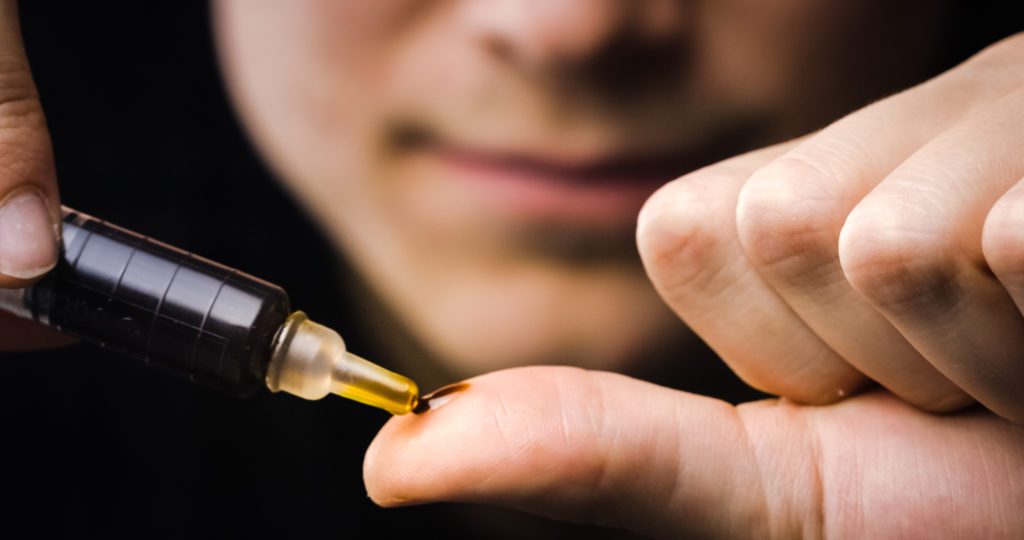Can Cannabis Help People Suffering From Migraines?
People have been using cannabis for migraine relief for some time, and it remains as popular today, as standard pharmaceutical treatments don’t offer relief or come with a list of terrible side effects.
Recent research is beginning to provide evidence suggesting that cannabis might help in migraine treatment and prevention, but it isn’t clear if there is a safe or recommended dose, and whether there may be a certain type of migraine that is more likely to improve with cannabis treatment.
Some studies suggest that a deficient endocannabinoid system may play a role in the causes of migraines and some other difficult-to-treat conditions.
With thousands of varieties out there, some research suggests that the best cannabis strains for migraines would include THC, CBD, Beta-caryophyllene, and myrcene. Keep in mind that there are many other cannabinoids and terpenes that can play a role in migraine relief.
Even though there is a long history of cannabis use for migraines, the research in this area is minimal. However, the current findings are overwhelmingly positive and support the theory that endocannabinoid deficiency is one possible underlying cause of migraines.
A 2016 study by the University of Colorado reviewed the efficacy of medical cannabis in 121 people with migraines. The treatment was effective in over 80% of the patients, decreasing the number of migraines from an average of 10.4 to 4.6 headaches per month. It was noted that cannabis not only reduced the number of migraines but also stopped them if taken when a migraine attack was happening.
Meanwhile, a 2019 study looked at the effects of medical cannabis in 316 patients with chronic migraines. In total, 88.3% of the patients reported improvement of migraines, with an average 42.1% reduction in monthly migraine frequency, 55% of patients experienced an even higher reduction (50% or more), and many reported improvements in sleep, anxiety, and mood.
Interestingly, the study also found that cannabis with a 20:1 ratio of THC to CBD resulted in better improvements than cannabis with a 1:1 ratio. This finding could be explained by the fact that, unlike CBD, THC resembles anandamide in its function and effects.
Furthermore, a 2018 controlled animal study found that isolated THC reduced migraine pain in female rats, supporting the suggestion that cannabinoids may be useful in treating migraines in people.
Also, there’s evidence that cannabis can help with the two main symptoms of migraines: pain and nausea. The pain-relieving effects of cannabis have been demonstrated by several studies, the efficacy was so positive that the National Academies of Sciences, Engineering, and Medicine issued the following statement in 2017: “There is conclusive or substantial evidence that cannabis or cannabinoids are effective for the treatment of chronic pain in adults.”
While more high-quality studies are needed, the existing evidence demonstrates that medical cannabis can relieve migraines.
Using Marijuana for Migraines

With thousands of cannabis strains out there, each with a different chemical make-up that contains differing amounts of THC and CBD, but also other less known cannabinoids, as well as, different terpenes. Finding the best cannabis strain for migraine relief can be challenging. With the help of the current science, using Strain Genie and one of our cannabis consultants, you can at least narrow down your possibilities.
Currently, the medical research on cannabis and migraines, THC has shown more evidence as a migraine treatment over CBD. And when it comes to terpenes, migraine suffers should be looking for BCP and pinene as potential terpenes that could alleviate migraines due to their anti-inflammatory properties.
If you’re trying to choose a cannabis strain for migraines, the research supports the use of high THC/ low CBD with BCP or pinene as the prime terpene, and myrcene as a secondary one.
Dosing

Here are a few notes on dosing. It is the belief more is better, in the case of cannabis more often than not, the opposite is true. There is a dose-dependent relationship between efficacy and side effects (AKA the sweet spot), mostly based on THC content. Everybody is different, but as a guiding principle, 2.5mg of THC is starting dose, 5mg is a moderate dose and 10mg is a high dose.
It is generally recommended that between 15-30 mg THC daily, using a lower dose or micro-dose is better to limit tolerance, dependency, and side effects. Currently, there’s no evidence to support going over this dose is effective.
Potential side effects of cannabis use
Research has shown cannabis appears to be an excellent option for treating migraines, it does have some unwanted effects.
A major barrier to the increased medical use of cannabis is its psychoactive side effects, which include euphoria, memory impairment, and anxiety. Additionally, cannabis can cause other side effects such as dry mouth, drowsiness, and fatigue.
However, cannabis is considered a safe substance, especially the case when we compare it to the traditional pharmaceutical drugs used to treat migraines, such as NSAIDs. Another benefit of cannabis is that it can help people reduce the use and dependence on opioids, which are sometimes prescribed for chronic migraines despite being highly addictive. Most of the scientific information we have about cannabis, such as cannabinoids and terpenes is based on preclinical research – meaning human subjects were not used. Cannabis is regarded as safe, if you would like to consult with one of our physicians, please click here.
























